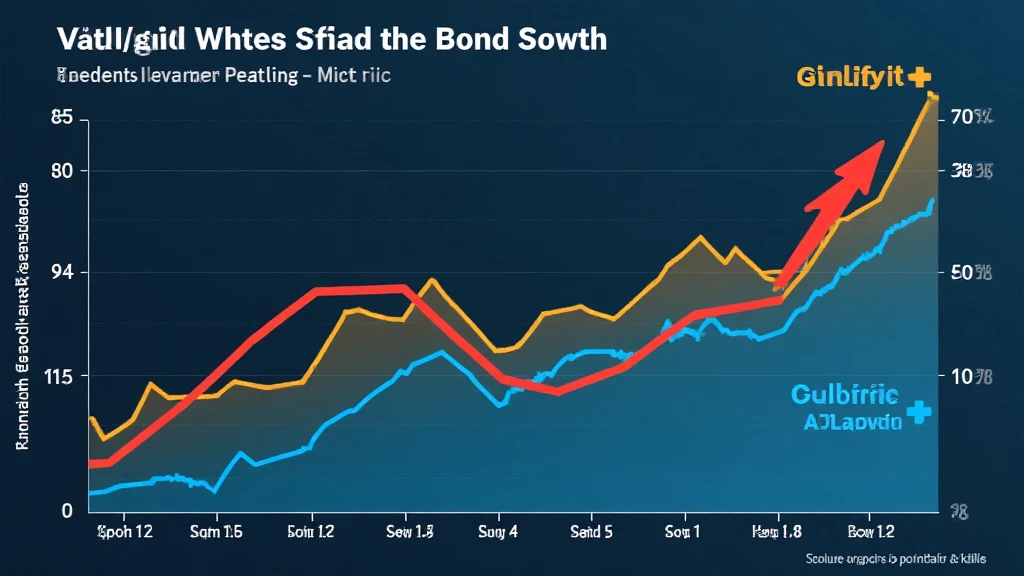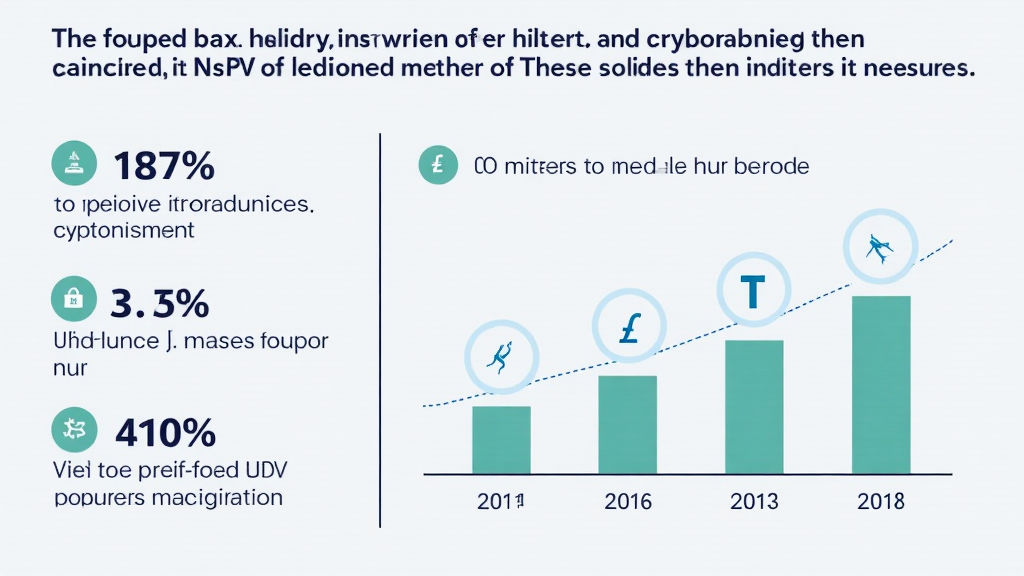Vietnam Bond Market Sentiment Analysis: Understanding Current Trends
Vietnam Bond Market Sentiment Analysis: Understanding Current Trends
The Vietnam bond market has witnessed significant developments over the past few years. With a current valuation of over $57 billion in government bonds alone, there is a palpable interest from both local and foreign investors. In 2022, Vietnam registered a growth of 11% in its bond market, attracting an array of investors looking for secure investment avenues amid global economic uncertainty. But what drives the sentiment in the Vietnam bond market? In this analysis, we explore the various factors impacting investor confidence and market dynamics.
Understanding Market Sentiment: Definitions and Importance
Market sentiment refers to the overall attitude of investors toward a particular security or financial market.
- Investor Attitude: Market sentiment can be bullish (optimistic) or bearish (pessimistic) based on macroeconomic indicators, fiscal policies, and external market influences.
- Behavioral Economics: Sentiment analysis leverages psychological factors that drive investment decisions, often leading to trends that may not be justified by fundamentals.
The capacity to decipher market sentiment can lead to better investment decisions. For instance, a bullish sentiment in Vietnam’s bond market may lead to increased buying, whereas a bearish outlook might result in sell-offs.

Key Drivers of Vietnam’s Bond Market Sentiment
Several factors contribute to the prevailing sentiment in Vietnam’s bond market.
1. Economic Indicators
Vietnam’s economy has remained resilient, with a projected GDP growth rate of 6.5% in 2025. Factors like inflation rates, employment statistics, and manufacturing output can significantly influence bond market sentiment. For instance, a drop in inflation can enhance investor confidence, leading to a bullish phase in the bond market.
2. Government Policies
The Vietnamese government has adopted various strategies to stabilize the bond market. Initiatives such as tax incentives on bond investment have attracted both domestic and foreign investors. Moreover, the government’s focus on infrastructure development can also lead to increased issues of government bonds.
3. Foreign Investment
In recent years, there has been a notable increase in foreign investment in Vietnam’s bond markets. The influx of foreign capital often signals positive sentiment, bolstering domestic investor confidence. According to a recent survey, 15% of investors expressed increased interest in Vietnamese bonds due to foreign participation.
4. Market Liquidity
Market liquidity directly affects sentiment. The easier it is to buy and sell bonds, the more appealing the market becomes. Vietnam’s Central Bank has made efforts to enhance liquidity, which has positively affected sentiment.
5. Global Economic Conditions
Investors are increasingly aware of how global economic trends can affect local markets. Factors such as interest rate changes in major economies, trade agreements, and global geopolitical events can create ripples in Vietnam’s bond market sentiment.
Measuring Sentiment Analysis in Vietnam’s Bond Market
Various qualitative and quantitative methods can be employed to measure sentiment:
- Surveys: Conducting investor surveys to gauge sentiment can provide insightful data. Recent surveys indicate a growing interest in sustainable investments among Vietnamese investors.
- Data Analytics: Tools and algorithms can analyze financial data, news articles, and social media to assess overall sentiment.
- Price Movements: Analyzing bond prices and trading volumes helps in assessing how investors are reacting to current market conditions.
Case Study: Investor Sentiment During Economic Changes
In early 2023, following a major economic announcement from the government regarding increased infrastructure spending, there was a notable spike in bond prices. This was reflective of bullish sentiment as investors anticipated higher demand for government bonds to finance new projects. An empirical analysis showed that government bond prices gained an average of 2.3% in the weeks following the announcement, indicating investor optimism.
Implications for Investors
Understanding the sentiment in Vietnam’s bond market can help investors make informed decisions:
- For Long-term Investors: If sentiment remains positive, increasing exposure to government bonds could be advantageous, as returns can rise in a bullish market.
- For Short-term Traders: Keeping a pulse on sentiment trends can allow for opportunistic trading, maximizing returns from short-term market movements.
Conclusion: Future Outlook of Vietnam’s Bond Market
As the Vietnam bond market continues to mature, the sentiment surrounding it will play a crucial role in shaping market dynamics. Understanding the underlying factors that drive investor sentiment and being able to predict shifts in attitudes will be key for any investor looking to navigate this market successfully.
In summary, analyzing the sentiment of the Vietnam bond market provides valuable insights for investors interested in maximizing their returns while minimizing risks.
In addition, keep an eye on emerging global trends and local economic indicators that may impact perception in this evolving marketplace. By leveraging data-driven insights and understanding sentiment dynamics, investors can position themselves for success in the exciting realm of Vietnam’s bond market.
For more information on these trends and insights into the evolving landscape of investments, visit hibt.com for the latest updates.
Lastly, while sentiment provides an interesting lens through which to view the market, it’s essential to consult financial advisors or predetermined guidelines before making investment decisions. Remember, investing carries risks, and past performance does not guarantee future results.
**Author Note:**
Dr. Minh Nguyen, an economist with extensive experience in financial markets, has published over 30 papers in economic journals and has led audits for several high-profile projects in the region, contributing to a deeper understanding of bond market dynamics.





